Fraser Institute
It’s budget season—but more money won’t solve Canada’s health-care woes

From the Fraser Institute
In light of regular reports of hallway health care, regular closures of emergency rooms, and the longest wait times for care on record, it’s understandable that Canadians want dramatic improvements to their health-care system. For governments, particularly during budget season, improvement often means an increase in spending.
However, Canada already ranks among the most expensive universal health-care systems in the world. In 2022 (the latest year of comparable data), and after adjusting for population age in each country, Canada ranked fourth-highest for health-care spending as a share of the economy (11.5 per cent). For per-person spending, Canada ranked ninth. In other words, whichever way you look at it, Canada ranked among the top-third of spenders among 31 universal health-care countries.
That’s a lot of money. But what do Canadians get in return?
Canada ranked near the bottom (28th of 30) on the availability of physicians. Canada also had some of the fewest hospital beds and diagnostic equipment (including CT scanners and MRI units) per person.
Moreover, among nine universal health-care countries surveyed by the Commonwealth Fund, a health-care research organization, 65.2 per cent of Canadian patients reported waiting more than one month for a specialist appointment (8th worst out of 9 countries) compared to 35.7 per cent in top-ranked the Netherlands.
We see the same thing for patients trying to access timely non-emergency surgical care. In Canada, 58.3 per cent of patients reported waiting more than two months (9th worst of 9 countries), far more than in the Netherlands (20.3 per cent), Germany (20.4 per cent) and Switzerland (21.1 per cent).
While Canada clearly struggles on measures of availability and timely access to medical resources, it reported mixed results in other areas. For example, Canada performed well on measures of heart attack survival (ranked 8th of 26). And while Canada had average performance for stroke survivability, it remained a bottom of the barrel performer on safety measures such as obstetric trauma during birth (23rd of 23).
With relatively fewer key medical resources and long waits for non-emergency surgery, patients in Canada face major challenges. And this budget season, while governments may be keen to simply spend more, in reality Canadians do not currently receive commensurate value for their health-care dollars. Without fundamental reform, based on the experiences of other more successful universal health-care systems, it’s unlikely we’ll see improvement.

Mackenzie Moir
Business
New federal government plans to run larger deficits and borrow more money than predecessor’s plan
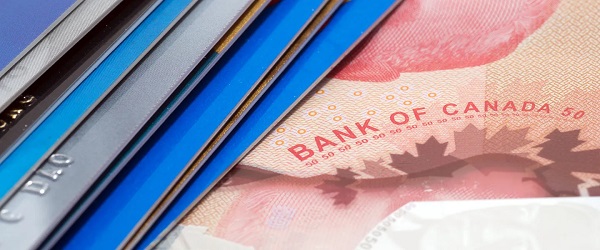
Fr0m the Fraser Institute
By Jake Fuss and Grady Munro
The only difference, despite all the rhetoric regarding change and Prime Minister Carney’s criticism of the Trudeau government’s fiscal approach, is that the Carney government plans to run larger deficits and borrow more money.
As part of his successful election campaign, Prime Minister Mark Carney promised a “very different approach” to fiscal policy than that of the Trudeau government. But when you peel back the rhetoric and look at his plan for deficits and debt, things begin to look eerily similar—if not worse.
The Carney government’s “responsible” new approach is centered around the idea of “spending less” in order to “invest more.” The government plans to separate spending into two budgets: the operating budget (which appears to include bureaucrat salaries, cash transfers and benefits) and the capital budget (which includes any spending that “builds an asset”). The government plans to balance the operating budget by 2028/29 (meaning operating spending will be fully covered by revenues) while funding the capital budget through borrowing.
Aside from the fact that this clearly complicates federal finances, this “very different” approach to spending actually represents more of the same by continuing to pursue endless borrowing and a larger role for the government in the economy.
The chart below compares projected annual federal budget balances for the next four years, from both the 2024 Fall Economic Statement (FES)—the Trudeau government’s last fiscal update—and the 2025 Liberal Party platform. Importantly, deficits from the 2025 platform show the overall budget balance including both operating and capital spending.

Let’s start with the similarities.
In its final fiscal update last fall, the Trudeau government planned to borrow tens of billions of dollars each year to fund annual spending, with no end in sight. Based on its election platform, the Carney government also plans to run multi-billion-dollar deficits each year with no plan to balance the overall budget. The only difference, despite all the rhetoric regarding change and Prime Minister Carney’s criticism of the Trudeau government’s fiscal approach, is that the Carney government plans to run larger deficits and borrow more money.
In the current fiscal year (2025/26) the Trudeau government had planned to run a $42.2 billion deficit. The Carney government now plans to increase that deficit to $62.3 billion. Trudeau’s most recent fiscal plan forecasted annual deficits from 2025/26 to 2028/29 representing a cumulative $131.4 billion in federal government borrowing. Over that same period, the Carney government now plans to borrow a cumulative $224.8 billion.
The Carney government’s fiscal plan does include a number of tax changes that are expected to lower revenues in years to come—including (but not limited to) a personal income tax cut, the elimination of the GST for some first-time homebuyers, and the cancelling of the planned capital gains tax hike. But even if you exclude these factors from the overall budget, the Carney government still plans to borrow $52.9 billion more than the Trudeau government had planned over the next four years.
By continuing (if not worsening) this same approach of endless borrowing and rising debt, the Carney government will impose real costs on Canadians. Indeed, 16-year-olds can already expect to pay an additional $29,663 in personal income taxes over their lifetime as a result of debt accumulation under the previous federal government, before accounting for the promised increases.
One of the key promises made by Prime Minister Carney is that his government will take a different approach to fiscal policy than his predecessor. While we won’t know for certain until the new government releases its first budget, it appears this approach will continue the same costly habits of endless borrowing and rising debt.
Automotive
New federal government should pull the plug on Canada’s EV revolution

From the Fraser Institute
During his victory speech Monday night, Prime Minister Mark Carney repeated one of his favourite campaign slogans and vowed to make Canada a “clean energy superpower.” So, Canadians can expect Ottawa to “invest” more taxpayer money in “clean energy” projects including electric vehicles (EVs), the revolutionary transportation technology that’s been ready to replace internal combustion since 1901 yet still requires government subsidies.
It’s a good time for a little historical review. In 2012 south of the border, the Obama administration poured massive subsidies into companies peddling green tech, only to see a vast swath go belly up including Solyndra, would-be maker of advanced solar panels, which failed so spectacularly CNN called the company the “poster child for well-meaning government policy gone bad.”
One might think that such a spectacular failure might have served as a cautionary tale for today’s politicians. But one would be wrong. Even as the EV transition slammed into stiff headwinds, the Trudeau government and Ontario’s Ford government poured $5 billion in subsidies into Honda to build an EV battery plant and manufacture EVs in Ontario. That “investment” came on top of a long list of other “investments” including $15 billion for Stellantis and LG Energy Solution; $13 billion for Volkswagen (or $16.3 billion, per the Parliamentary Budget Officer), a combined $4.24 billion (federal/Quebec split) to Northvolt, a Swedish battery maker, and a combined $644 million (federal/Quebec split) to Ford Motor Company to build a cathode manufacturing plant in Quebec.
How’s all that working out? Not great.
“Projects announced for Canada’s EV supply chain are in various states of operation, and many remain years away from production,” notes automotive/natural resource reporter Gabriel Friedman, writing in the Financial Post. “Of the four multibillion-dollar battery cell manufacturing plants announced for Canada, only one—a joint venture known as NextStar Energy Inc. between South Korea’s LG Energy Solution Ltd. and European automaker Stellantis NV—progressed into even the construction phase.”
In 2023, Volkswagen said it would invest $7 billion by 2030 to build a battery cell manufacturing complex in St. Thomas, Ontario. However, Friedman notes “construction of the VW plant is not scheduled to begin until this spring [2025] and initial cell production will not begin for years.” Or ever, if Donald Trump’s pledge to end U.S. government support for a broad EV transition comes to pass.
In the meantime, other elements of Canada’s “clean tech” future are also in doubt. In December 2024, Saint-Jérome, Que.-based Lion Electric Co., which had received $100 million in provincial and government support to assemble batteries in Canada for electric school buses and trucks, said it would file for bankruptcy in the United States and creditor protection in Canada. And Ford Motor Company last summer scrapped its planned EV assembly plant in Oakville, Ontario—after $640 million in federal and provincial support.
And of course, there’s Canada’s own poster-child-of-clean-tech-subsidy failure, Northvolt. According to the CBC, the Swedish battery manufacturer, with plans to build a $7 billion factory in Quebec, has declared bankruptcy in Sweden, though Northvolt claims that its North American operations are “solvent.” That’s cold comfort to some Quebec policymakers: “We’re going to be losing hundreds of millions of dollars in a bet that our government in Quebec made on a poorly negotiated investment,” said Parti Québécois MNA Pascal Paradis.
Elections often bring about change. If the Carney government wants to change course and avoid more clean-tech calamities, it should pull the plug on the EV revolution and avoid any more electro-boondoggles.
-

 Alberta1 day ago
Alberta1 day agoNew Alberta Election Act bans electronic vote counting machines, lowers threshold for recalls and petitions
-

 Alberta1 day ago
Alberta1 day agoHours after Liberal election win, Alberta Prosperity Project drumming up interest in referendum
-
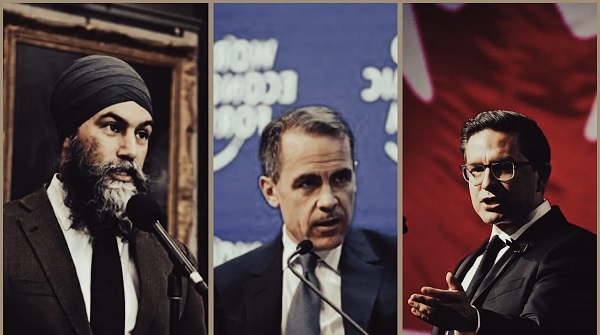
 2025 Federal Election15 hours ago
2025 Federal Election15 hours agoNDP Floor Crossers May Give Carney A Majority
-

 Alberta2 days ago
Alberta2 days agoPremier Danielle Smith responds to election of Liberal government
-
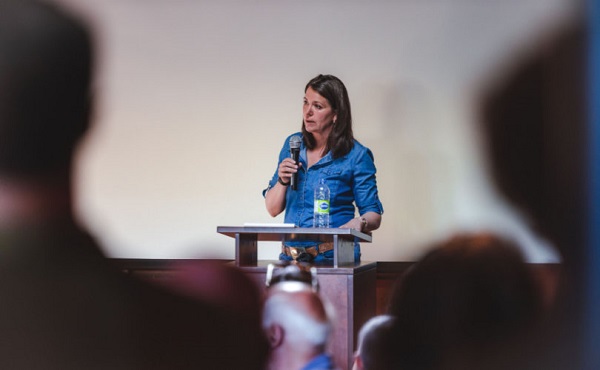
 Alberta1 day ago
Alberta1 day agoPremier Danielle Smith hints Alberta may begin ‘path’ toward greater autonomy after Mark Carney’s win
-

 Banks1 day ago
Banks1 day agoTD Bank Account Closures Expose Chinese Hybrid Warfare Threat
-
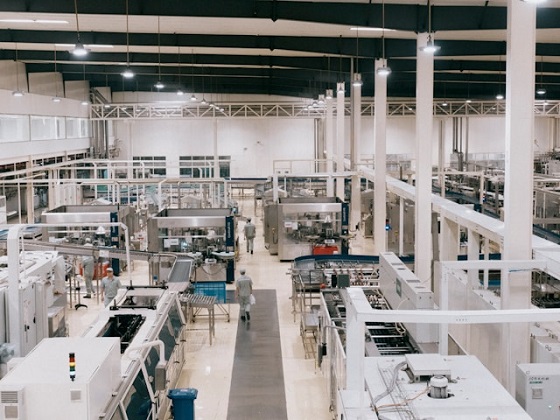
 Business8 hours ago
Business8 hours agoChina’s economy takes a hit as factories experience sharp decline in orders following Trump tariffs
-
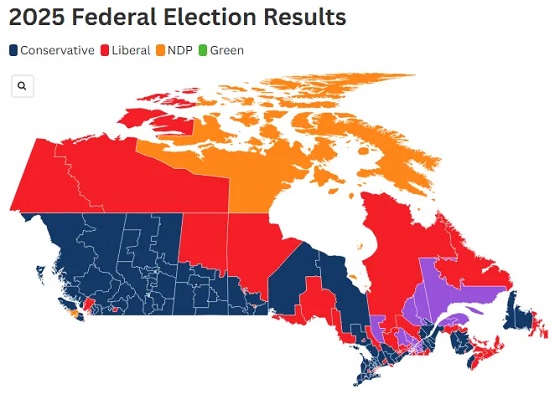
 2025 Federal Election1 day ago
2025 Federal Election1 day agoPost election…the chips fell where they fell




